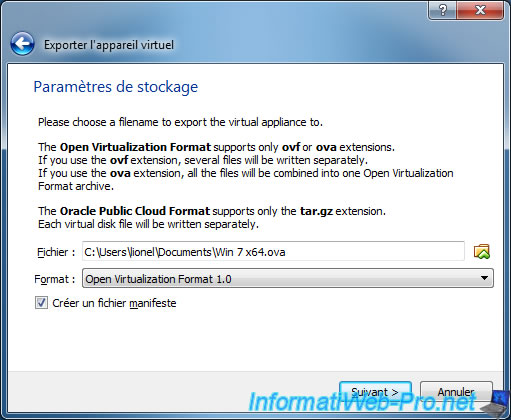

The Problem with OVFĪs I said above, the implemented system works. When the VM boots and Cloud-Init starts, the OVF datasource finds the XML, decodes the base64 text and executes the instructions.
#Ovf vmware didnt pass iso
This XML file is placed in a small ISO file and attached to the VM at provisioning time. The way that Cloud-Init works is that the configuration under cloudConfig, which just sets the guest's hostname and FQDN, is encoded to base64 and placed in an OVF XML wrapper. The above image is from a simple Cloud Template that I have in the v12n lab to provision a simple CentOS 8 server.

Let's have an example: A sample Cloud Template that includes cloudConfig settings For vRealize Automation and vSphere, the supported option is " OVF". These datasources can either be added to a list inside your VM template or explicitly selected or most include a means to test which datasource a cloud supports. Cloud-Init supports a number of datasources that are specific to different clouds. The way that these commands / configurations are passed varies from platform to platform. As vRealize Automation can manage workloads on multiple cloud platforms, it made sense that it support Cloud-Init.Īs an example, the following could be sent to Cloud-Init to customise a workload and maybe trigger upgrading the OS or packages installed: Cloud-Init has been around for a number of years and is the defacto standard for customising workloads in most of the public cloud platforms. VRealize Automation Cloud and vRA 8.x introduced the ability to add Cloud-Init commands / configuration to Cloud Templates and have them executed / applied in the guest operating system after provisioning. I'll get to that, but first I have to set the scene.

I've heard it said that you should start with why.


 0 kommentar(er)
0 kommentar(er)
